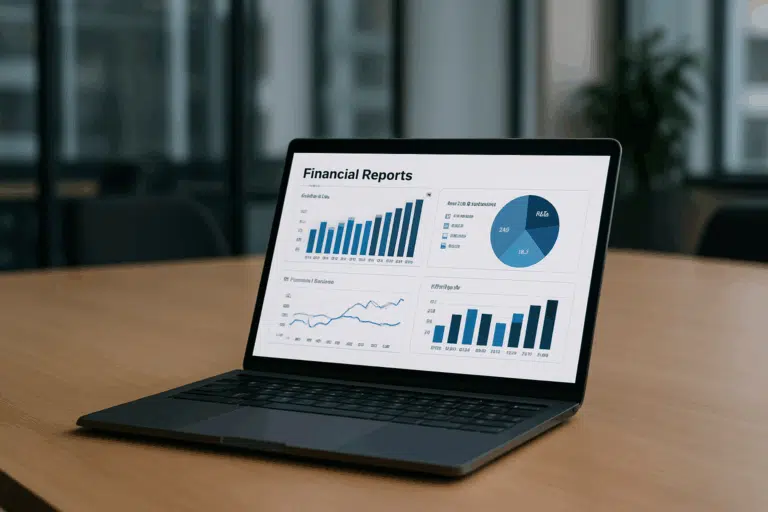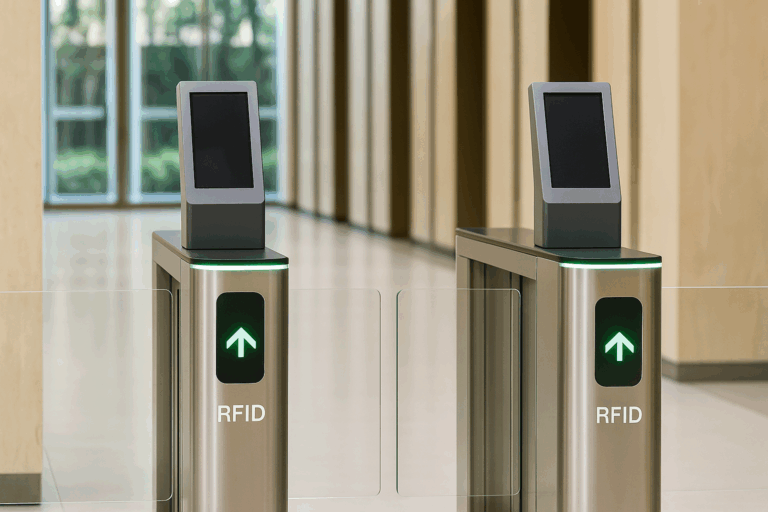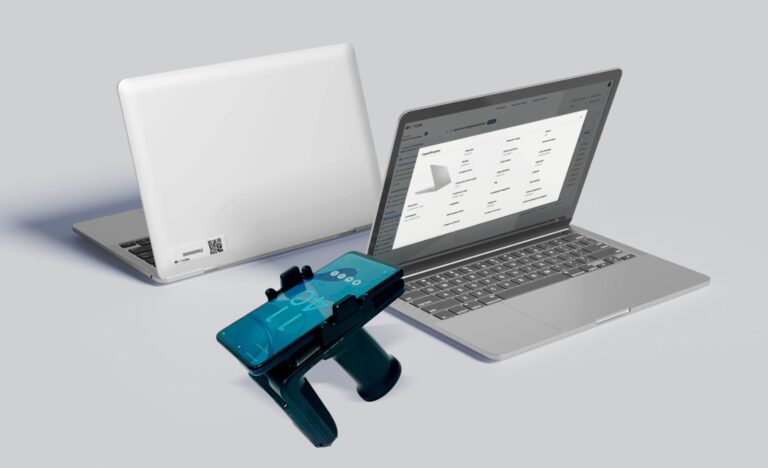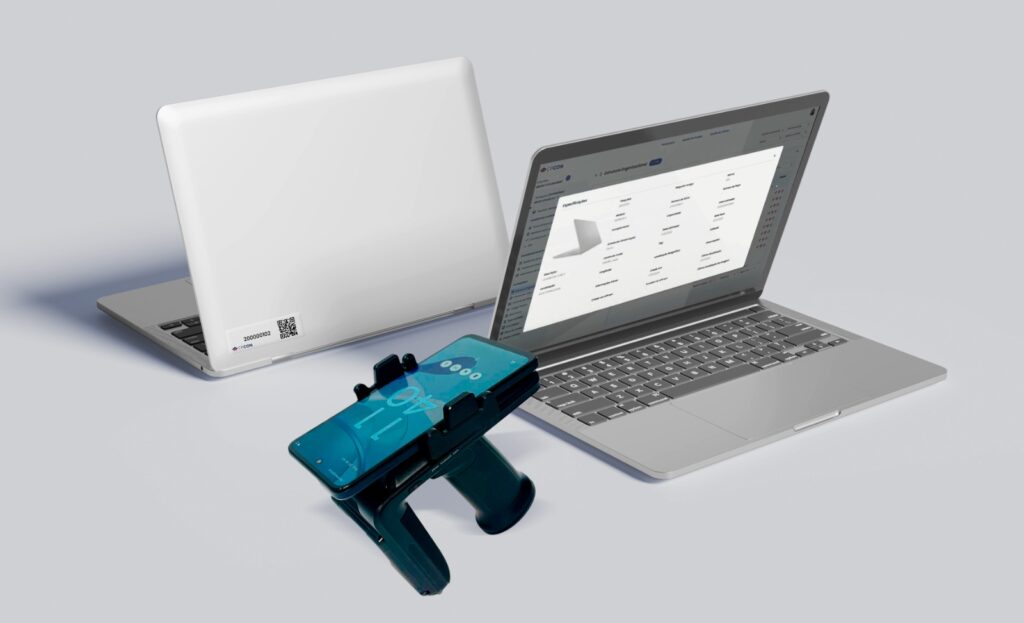IFRS asset management goes far beyond a compliance exercise — it is a strategic lever for ensuring transparency, financial accuracy, and operational efficiency. At the core of this discipline are two crucial estimates: the useful life of assets and their residual value.
These two elements directly influence depreciation calculation, the valuation of PPE and intangible assets, and the reliability of financial reporting. In an environment of strict regulatory oversight and increasing global competitiveness, mastering these variables is essential to minimize tax risks, optimize capital budgeting, and prepare for complex audits. In this article, we’ll break down how asset management aligned with IFRS and IAS 16 can turn accounting into a strategic leadership tool. And throughout the content, we’ll show how CPCON Group supports this transformation with tailored solutions.
Table of Contents
ToggleWhat Is Asset Management and Why Does It Matter Under IFRS?
Asset management refers to the set of practices used to control, maintain, and evaluate an organization’s physical and intangible resources.
In the context of IFRS compliance, asset management becomes significantly more complex — involving technical accounting estimates such as useful life and residual value, as defined by IAS 16 and IAS 38.
Let’s take a hospital as an example. It may own hundreds of high-value medical devices. Without accurate physical and financial control of those assets, the institution risks presenting distorted financial statements and facing regulatory penalties.
By implementing structured and compliant asset management practices, companies gain a reliable foundation for strategic asset planning and investment decisions — transforming a legal obligation into a tool for financial leadership.
How IFRS Transforms Asset Management
The International Financial Reporting Standards (IFRS) provide a global accounting framework adopted by over 140 countries. Their main objective is to enhance the comparability, transparency, and integrity of corporate financial reports.
When it comes to asset management, IFRS imposes clear and consistent criteria for measuring and depreciating both property, plant, and equipment (PPE) and intangible assets.
A key example is IAS 16, which requires companies to review the useful lives and residual values of their assets regularly. This technical requirement forces businesses to treat asset management not as a passive ledger function, but as a strategic accounting practice with direct implications for financial reporting and tax optimization.
Companies that embrace IFRS principles don’t just comply — they gain a measurable edge in operational planning, cost control, and audit readiness.
Useful Life and Residual Value: The Pillars of Depreciation Under IAS 16
At the heart of depreciation calculation lie two key estimates:
- The useful life — the period during which an asset is expected to provide economic benefits; and
- The residual value — the expected net value at the end of that period.
For example, consider a forklift acquired for $100,000 with a useful life of 10 years and a residual value of $20,000.
Its depreciable value is $80,000, which, under the straight-line method, results in an annual depreciation of $8,000.
These estimates aren’t static. Advancements in technology, market shifts, accidents, or new regulations may change the asset’s usable life or expected resale value.
Under IFRS, these factors must be reassessed regularly to maintain financial reporting accuracy and ensure IFRS compliance.
Organizations that fail to adjust these figures risk presenting misleading financials and losing the trust of investors, auditors, and regulatory bodies.
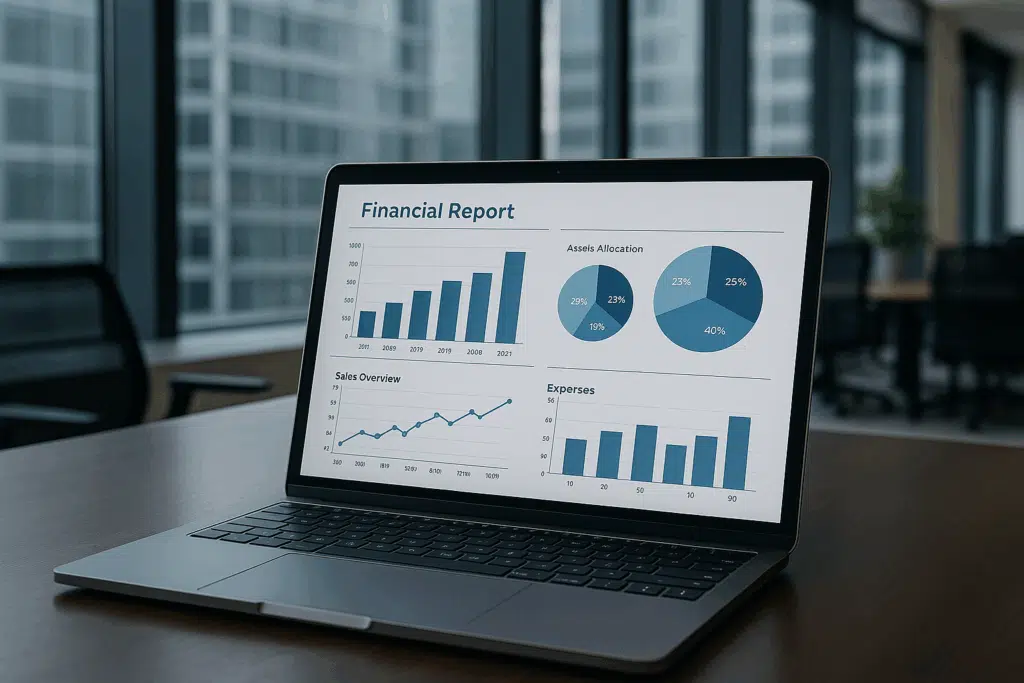
How to Calculate Depreciation and Revise Estimates According to IFRS
According to IAS 16, asset depreciation must be based on two main factors: estimated useful life and residual value.
The depreciable amount (cost minus residual value) is then allocated over the asset’s useful life using a method that best reflects its consumption pattern.
While the straight-line method is most common, IFRS also allows for other methods such as diminishing balance and units of production — provided they better represent the asset’s actual usage.
Step-by-step guide to IFRS-compliant depreciation
Determine the acquisition cost
Include purchase price, non-recoverable taxes, transport, installation, and any costs directly tied to making the asset operational.
Estimate the residual value
This is the expected net amount from the asset’s disposal at the end of its useful life, and it’s subtracted from the initial cost.
Estimate the useful life
Base this on:
- Usage intensity
- Expected wear and tear
- Technological obsolescence
- Legal or environmental constraints
Choose the appropriate depreciation method
- Straight-line: equal expense over the years
- Diminishing balance: higher depreciation upfront
- Units of production: based on usage or output
Calculate annual depreciation
Formula (straight-line):
(Acquisition cost – Residual value) ÷ Useful life = Annual depreciation
Review estimates annually
IFRS requires at least one annual reassessment of useful life and residual value for each asset.
Adjust prospectively
If estimates change, apply them only to future periods. Retroactive changes are not allowed under IFRS.
Asset Management and the Accuracy of Financial Reporting
Financial reports are only as trustworthy as the asset data behind them. Mistakes in useful life or residual value estimation distort depreciation, leading to overstated or understated net income — which can mislead investors and tax authorities alike.
Such distortions not only affect tax compliance, but also impair capital budgeting and planning.
Companies that implement strong asset lifecycle management systems gain real-time visibility into their physical and financial asset base.
This visibility supports:
- Reliable audit preparation
- More accurate capital expenditure forecasting
- Enhanced internal controls
Mastering IFRS asset management means building a solid financial foundation for sustainable growth.
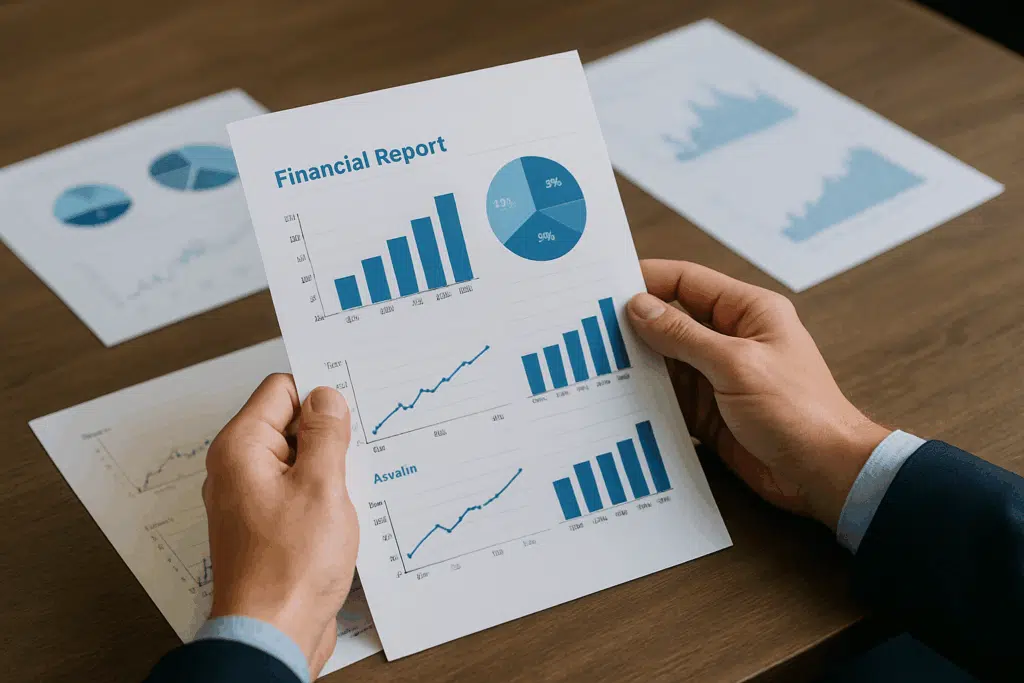
How CPCON Group Drives IFRS Compliance and Asset Performance
CPCON Group acts as a strategic partner for companies seeking more than just compliance — it offers a smarter, data-driven approach to asset management.
Its services include:
- Complete physical inventory and valuation of tangible and intangible assets
- IFRS-compliant depreciation recalculation
- RFID-based asset tracking for real-time control
- Annual reassessment of useful lives and residual values
- Capital budgeting support and tax planning guidance
By combining cutting-edge technology with international best practices, CPCON helps companies reduce accounting risks, increase operational efficiency, and enhance audit readiness.
Conclusion: More Than Compliance, a Strategic Advantage
Mastering IFRS asset management is not just about avoiding penalties — it’s about building financial intelligence into every asset decision.
By understanding how useful lives and residual values shape depreciation, reporting, and tax planning, organizations can unlock powerful strategic value.
With CPCON’s support, your company gains clarity, control, and compliance — turning asset data into actionable business insights.
Ready to master IFRS asset management?
Partner with CPCON Group and transform compliance into a competitive edge.
FAQ – Asset Management Under IFRS
What is asset management according to IFRS?
Asset management under IFRS refers to the set of practices that ensure proper control, evaluation, and depreciation of tangible and intangible assets. It includes defining useful life, estimating residual value, and applying the standards IAS 16 and IAS 38 to ensure assets are accurately reflected in financial statements.
What does “useful life” of an asset mean?
Useful life is the estimated period during which an asset is expected to remain productive and generate economic benefits. This estimate depends on usage intensity, physical wear, technological obsolescence, and legal or contractual constraints.
How is the residual value of an asset defined?
Residual value is the amount a company expects to recover when selling or disposing of the asset at the end of its useful life. This estimate considers market resale conditions, expected preservation status, and disposal costs.
Why is it mandatory to review useful life and residual value annually?
IFRS, through IAS 16, requires companies to update these estimates regularly to reflect current usage, market trends, and regulatory changes. Annual reviews help prevent accounting distortions and strengthen the reliability of financial reports.
How does depreciation affect a company’s tax planning?
Properly calculated depreciation can reduce taxable income and generate fiscal savings. It also supports capital budgeting by indicating the best timing to replace obsolete or underperforming assets.
What is required to ensure IFRS compliance in asset management?
To comply with IFRS, companies must apply methods aligned with IAS 16, maintain updated asset records, revise estimates annually, and integrate financial and operational data. Technologies like RFID can enhance traceability and simplify audits.
How can CPCON help with asset management and IFRS compliance?
CPCON provides end-to-end asset management solutions, combining technology, physical inventory, asset valuation, and specialized consulting. With advanced tools and a multidisciplinary team, CPCON ensures IFRS compliance, optimized depreciation, audit readiness, and strategic insights for the entire asset lifecycle.

